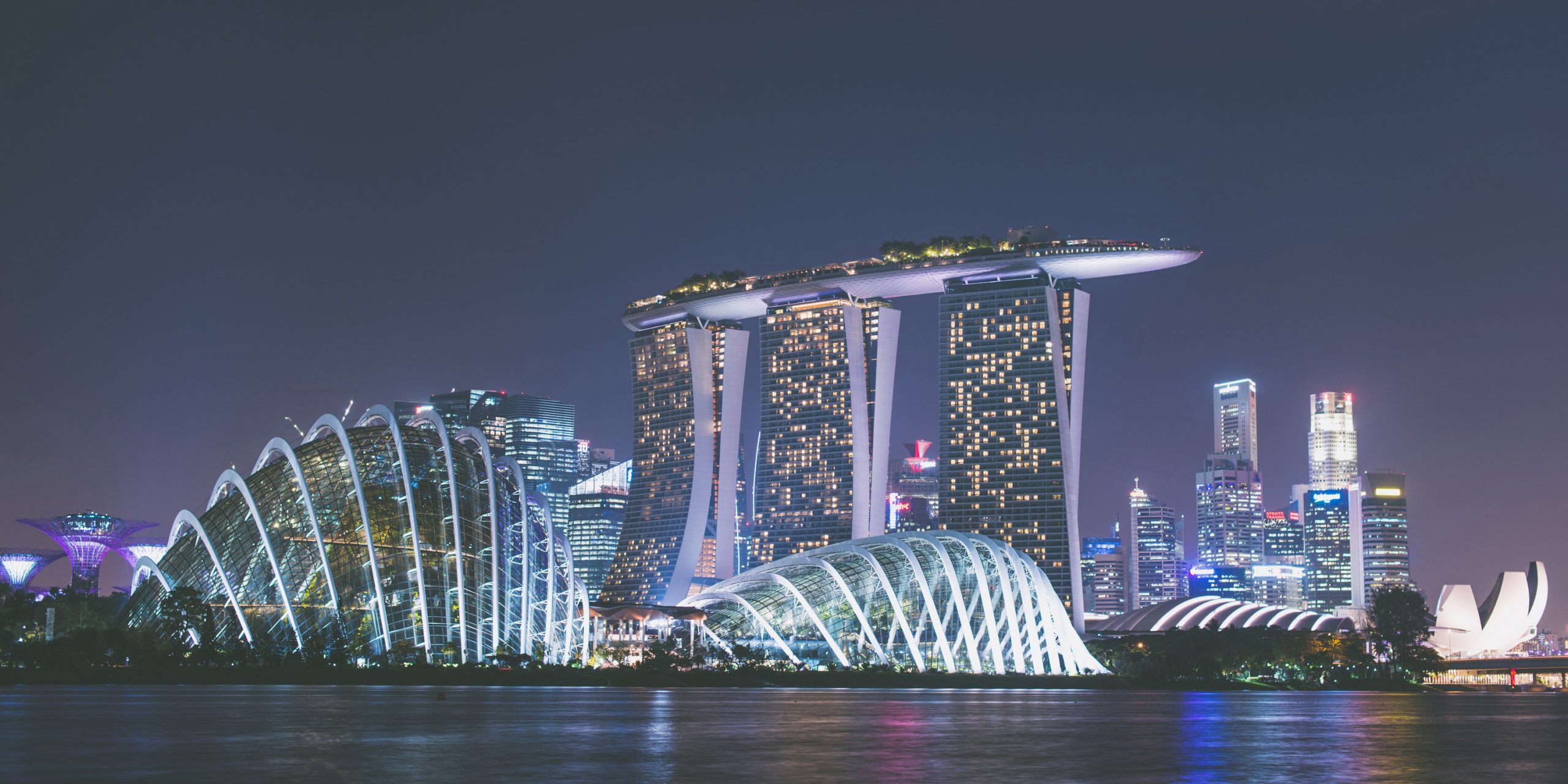October 9, 2018
Key Takeaways and Trends from Affiliate Summit APAC

Set in beautiful Singapore, at the world famous Marina Bay Sands hotel, Affiliate Summit Asia 2018 could not have picked a better location to host their event. Singapore is at the heart of South East Asia (SEA), which is on the verge of having an affiliate marketing explosion. As PartnerCentric’s Singapore-based specialist, I was happy to attend and participate in round table discussions centered around the exciting developments and trends happening in the space.
If the organizers of #ASAPAC were hoping for fireworks in the conference’s debate discussions, they were sadly disappointed. Industry experts including merchants, networks and agencies were all in agreement that SEA is poised to be a new and upcoming market for e-commerce, with affiliate channels in the early adoption phase throughout the region.
In fact, it was only last year that international giants, Amazon and Alibaba, started investing in the area. Ecommerce in the region is expected to grow to $238 billion by 2025, fueled by an increase in middle class and internet access. (1) But…and there is always a “but”, each country is a unique micro-economy that has its own rules, consumer behaviors, languages, payment gateways, currencies and infrastructure. Consequently, there has been very little SEA affiliate marketing activity to date because of this.
Here are some trends to be aware of if you are thinking of launching in SEA region:
- SEA is the only truly “mobile first” region. Because of late technology adoption, the population in SEA bypassed PC’s altogether. Mobile in SEA’s eCommerce accounts for 72% of the overall eCommerce web traffic. (2) There is also slower internet. This means it is essential for merchants to have a mobile optimized site or mobile app.
- In Singapore, less than 10% of the population own a car, so there is a lot of time spent on trains and buses. Public transportation makes a great location for mobile app marketing. Shared economy or “Shareconomy” is also on the rise. People aged 35-54 indicated high expectation of use, which means brands need to increase the consumer’s opportunity or motivation to use their service to make the sale. Delivery services also have grown leaps and bounds. This is most apparent when looking at RedMart’s (the leading grocery delivery service in Singapore) success.
- 63% of consumers in this region are motivated to purchase online based on a personal recommendation. (3) They want a story behind the product and they want to ensure the quality is high. Fake products are often manufactured in this region, so the ability for publishers to reassure the customers of the quality with a personal recommendation is key. And if the publisher can also market to the common feeling of needing the product or they “will lose out” they’ve got a winning marketing approach that’s hard to beat.
- Leading us into the fact that SEA is short on publishers. Marketplaces, social commerce and influencers are the new search engines in SEA. As stated above, most of the population went mobile first so Facebook and social messaging sites were adopted before search engines. Among digital consumers, more than 80% use social media options such as Instagram or messaging apps to research products or otherwise connect with sellers. (4) To ensure success, current and new publishers need to find and interact with online communities that haven’t been tapped into yet.
- Although cashback and coupons are important, SEA consumers make online purchases more often to combat the feeling of “losing out.” A high percentage (45%) prefer YouTube over TV so “how-to” videos are often the more successful ad campaign. Fashion’s number one barrier for online purchase is the need to ensure the quality and fit is there coupled with the hassle of returns. “Click and Collect” pop-up shops are one innovative way brands have leveraged to help overcome these barriers.
The conference participants all agreed that affiliate marketing will experience significant growth in SEA. As it is a newer channel in this region, it is important for brands to partner with an agency that has a vast knowledge of the affiliate market space in APAC and beyond. Affiliate is an optimal channel for new markets due to the low risk and high gains.
Interested in hearing more about the conference or our experience managing international brands? Reach out to Erica.Parra@partnercentric.com.